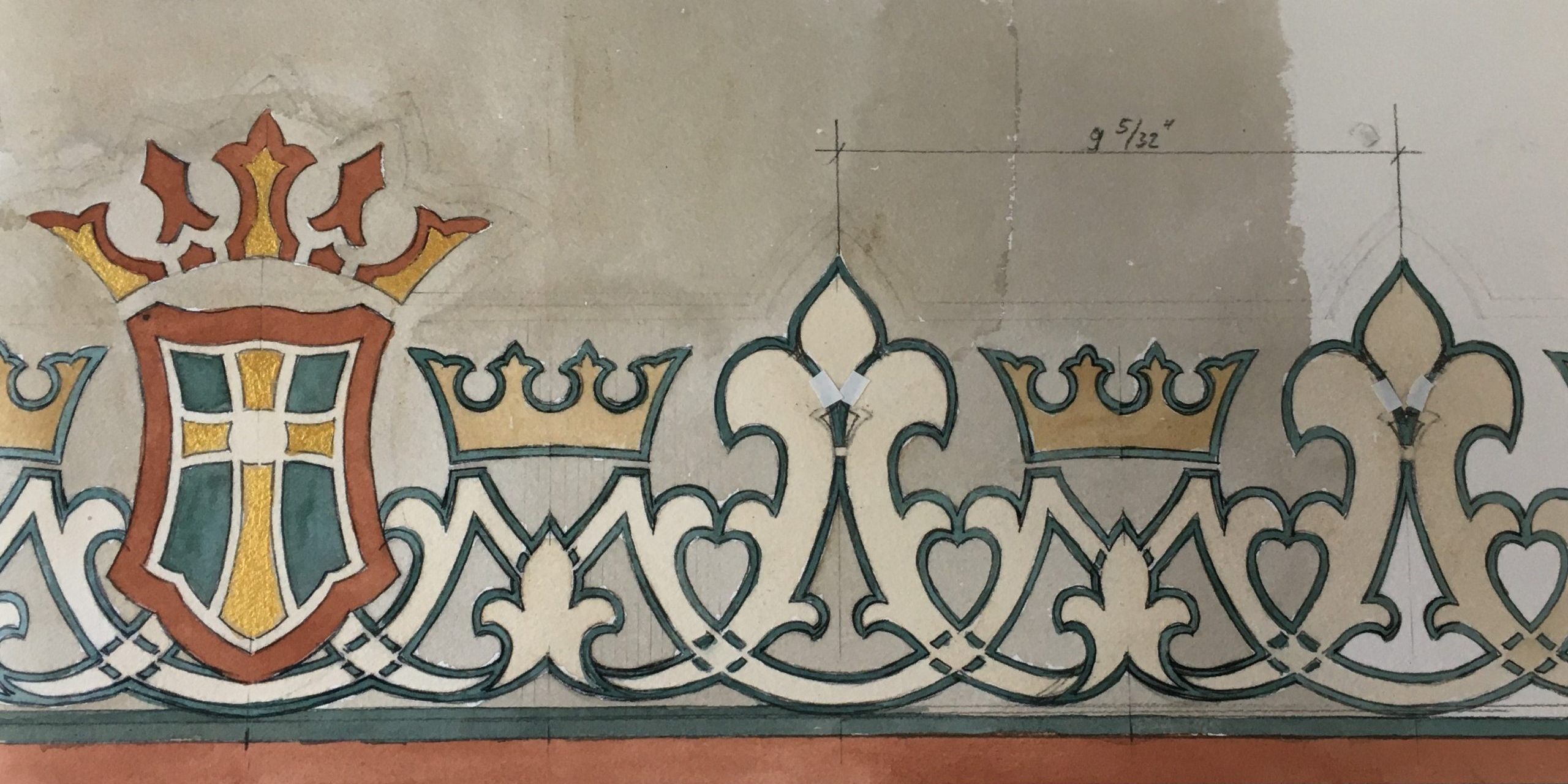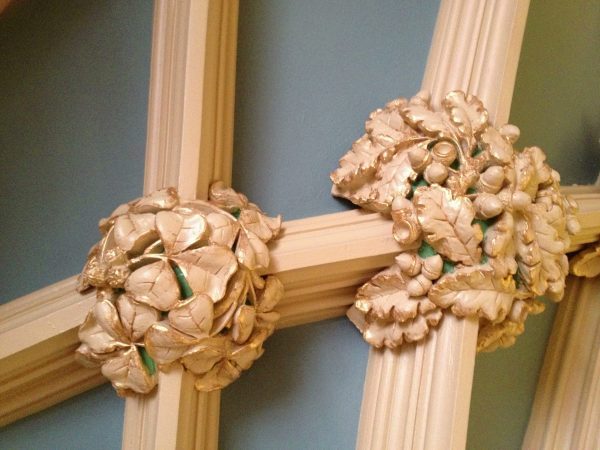Using Art, Symbolism and Decoration to Inspire
Art, Symbolism, and Decoration—What’s the Point?


“Scarce a tiny village church was undecorated and unpainted in the days when God’s house was the brightest, as well as the best of all the dwellings round.”[1]
The faithful have been dedicating their efforts to the construction of elaborate churches and cathedrals for thousands of years. Have you ever walked into a church and thought about how much time and money was spent in its construction? Not only is the architecture of the building impressive, but the artwork and decoration are also intensely detailed and the symbolism is intentional. Why was so much time, money, and effort dedicated to the building of churches for so many years? Reverend Ernest Geldart states in his Manual of Church Decoration and Symbolism, “All decoration, whether permanent or temporary, has a double purpose to serve: the glory of God, and the edifying of His children.”[2] Thus art, symbolism, and decoration serve a very important purpose in church architecture, namely, to inspire the faithful to edify themselves through the glory of God.
Decoration is not solely used in religious buildings. The local coffee shop is adorned with hearts near Valentine’s Day and shamrocks in March. There is no mistaking the mark of Independence Day as fireworks burst and the colors of the flag are seen on every street corner. What is the purpose of this festivity if not to inspire the people to celebrate a specific thing? All decoration is used to remind the viewer of a certain event and to direct his attention to a certain intended end. In the same way, beautiful decoration in a church reminds the congregation of the presence of God and the life and death of Christ while directing them to lift their hearts and minds to higher things.

People often wonder why so much time, money, and effort is poured into building magnificent churches while the homeless population is a pressing matter; to the majority of society, it is more important to provide a roof for one person’s head than to decorate the ceiling of a cathedral with gold leaf. Judas, the apostle who betrayed Christ, asked the same question when Mary Magdalene used expensive oils to anoint the head of Christ. Christ answered this concern, the concern we still have today, with the words, “The poor you always have with you, but you do not always have me.”[3] This simple response is exactly what we must remember when building and decorating churches. While it is immensely important to care for the poor, it is also important to cultivate a life of prayer and to give glory to God through the splendor of beauty which is enjoyed by the rich and poor alike.


The cathedrals of old were built by poor, hardworking men and women who serve as inspiration for us today. The cornerstone of Notre Dame in Paris, France was laid in 1163, and this famous cathedral took almost 200 years to complete. It was built at a time when resources were scarce, and technology was ill advanced. This, however, did not stop the faithful from dedicating so much to its construction, for they understood the importance of creating a beautiful space for their Lord in which they could offer Him worship.
In addition to lifting the hearts and minds of the faithful to glorify the Lord, decoration and symbolism is used to educate the congregation as well. Notre Dame was called Liber Pauperum, “The Book of the Poor”, due to its elaborate illustrations of various Scripture passages throughout the church. These illustrations were intended to educate the public, most of whom were illiterate and were, therefore, not at liberty to read the Scriptures on their own. While illiteracy is less common today, the decoration of churches continues to educate the congregation through the depiction of saints, angels, and various events in Christ’s life.
Despite the struggles and concerns of the world, beauty inspires the souls of the faithful to lift their hearts and minds to glorify God which simultaneously edifies them. Art, symbolism, and decoration provide this beauty and are therefore necessary attributes of spiritual growth and wellbeing.


[1] The Reverent Ernest Geldart, Manual of Church Decoration and Symbolism, London: A. R. Mowbray & Co., 1899, page 1
[2] The Reverent Ernest Geldart, Manual of Church Decoration and Symbolism, London: A. R. Mowbray & Co., 1899, page 2
[3] The Holy Bible, John: 12:8, Revised Standard Version, Second Catholic Edition, San Francisco: Ignatius Press 1966
